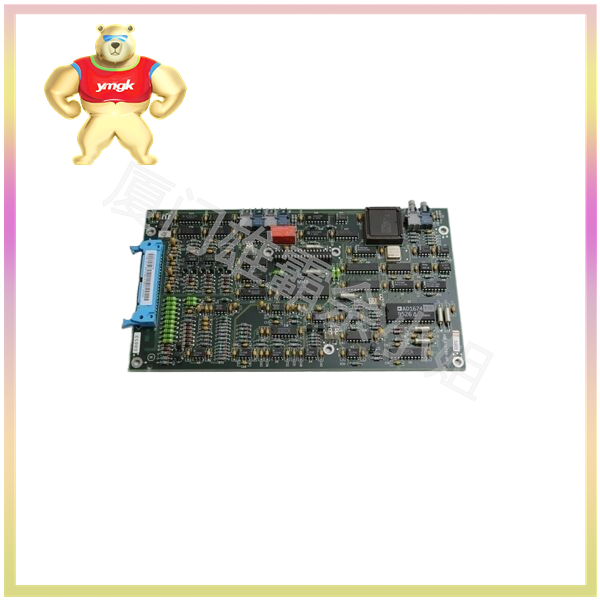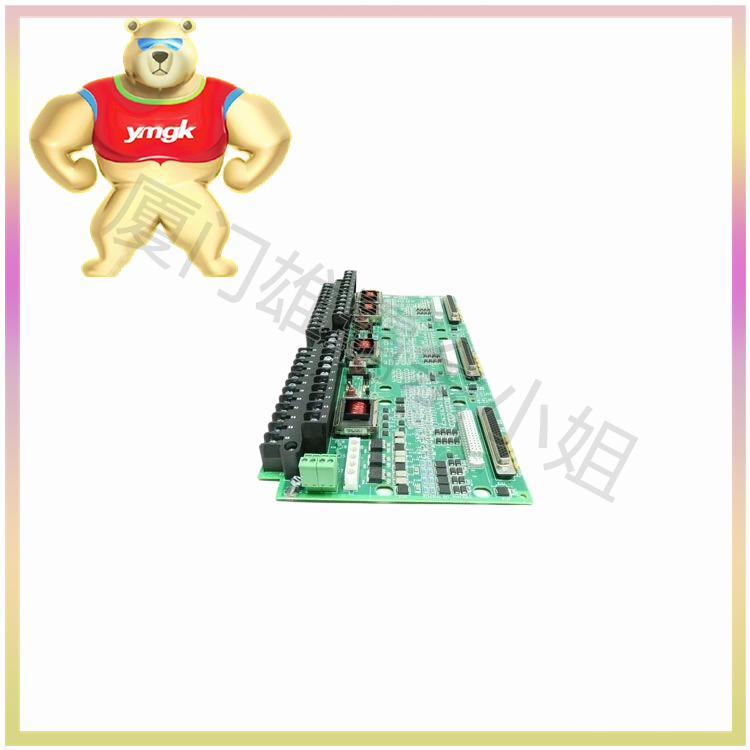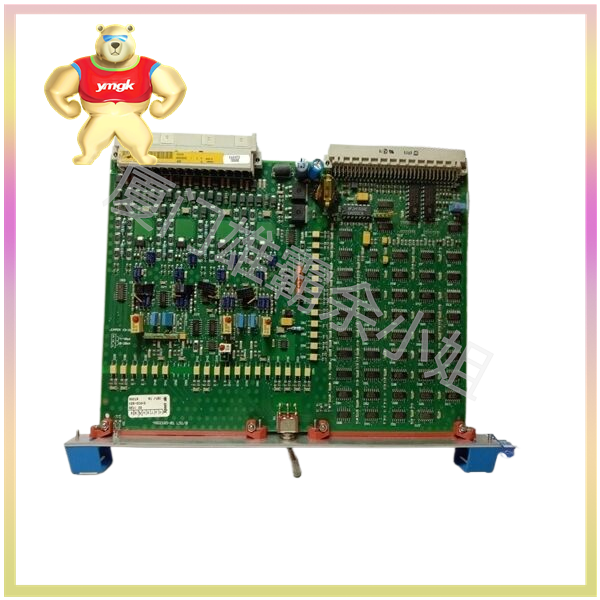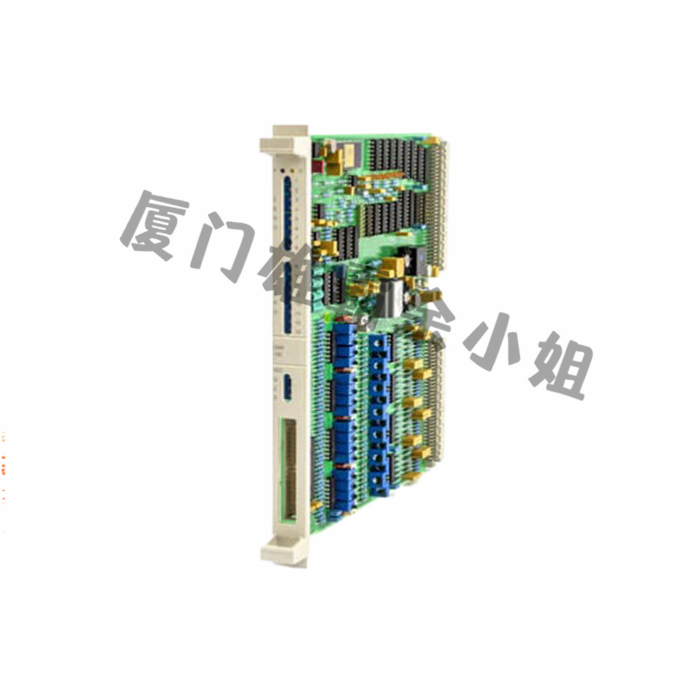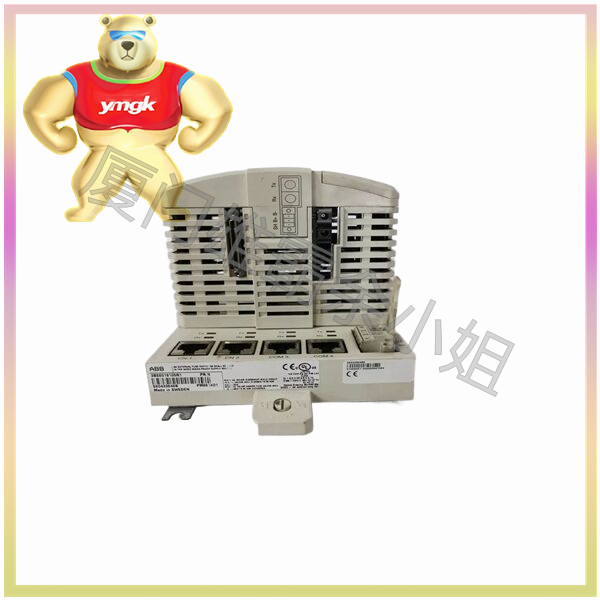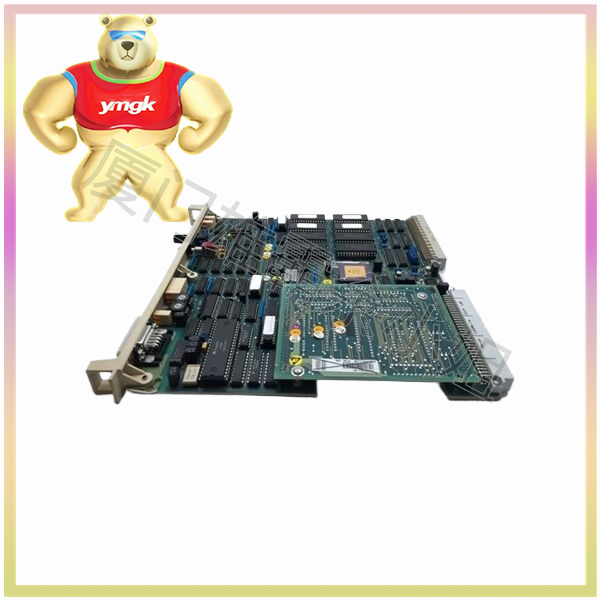A servo control system generally includes five parts: controller, controlled object, execution stage, detection stage, and comparison stage.
Controller: Usually a computer or PID control circuit, its main task is to transform and process the deviation signal output by the comparison element to control the execution element to act as required. The controller receives the deviation signal from the comparison stage, calculates the control signal according to a predetermined control algorithm (such as PID algorithm), and then transmits it to the execution stage.

Controlled object: refers to a mechanical system or equipment that needs to be controlled, with parameters including displacement, velocity, acceleration, force, and torque. The controlled object takes corresponding actions based on control signals to achieve precise control of mechanical displacement or speed.
Execution stage: Its function is to convert various forms of energy input into mechanical energy according to the requirements of the control signal, and drive the controlled object to work. In a servo system, the execution stage is generally composed of servo motors or hydraulic, pneumatic servo mechanisms, etc.
Detection stage: capable of measuring the output and converting it into the signal form required for the comparison stage. The detection process usually includes sensors and measurement circuits, which are used to monitor the actual position, velocity, and other parameters of the controlled object in real time, and feed back this information to the controller.
Comparison step: The step of comparing the input command signal with the feedback signal of the system to obtain the deviation signal between the output and input. The comparison process is usually implemented by specialized circuits or computers, and the deviation signal output is an important basis for the controller to process the signal.

